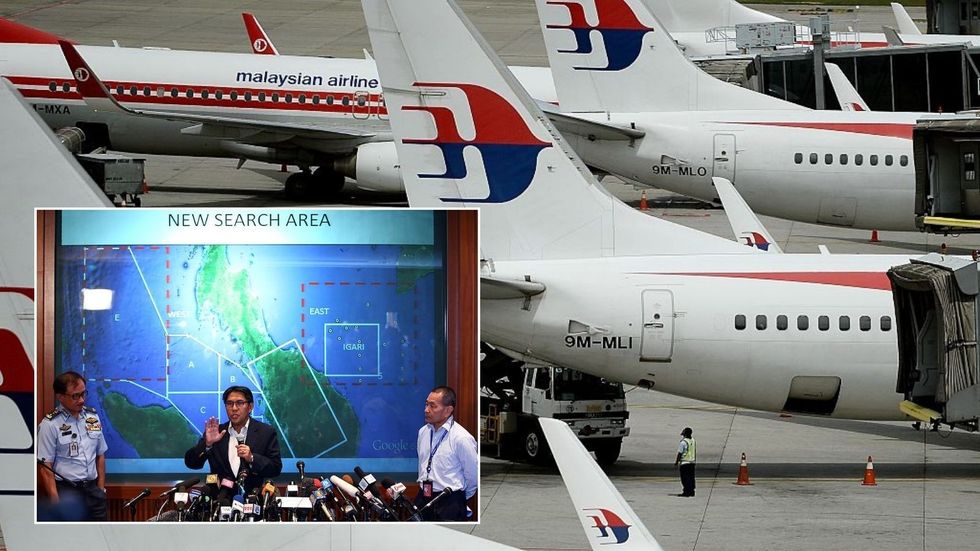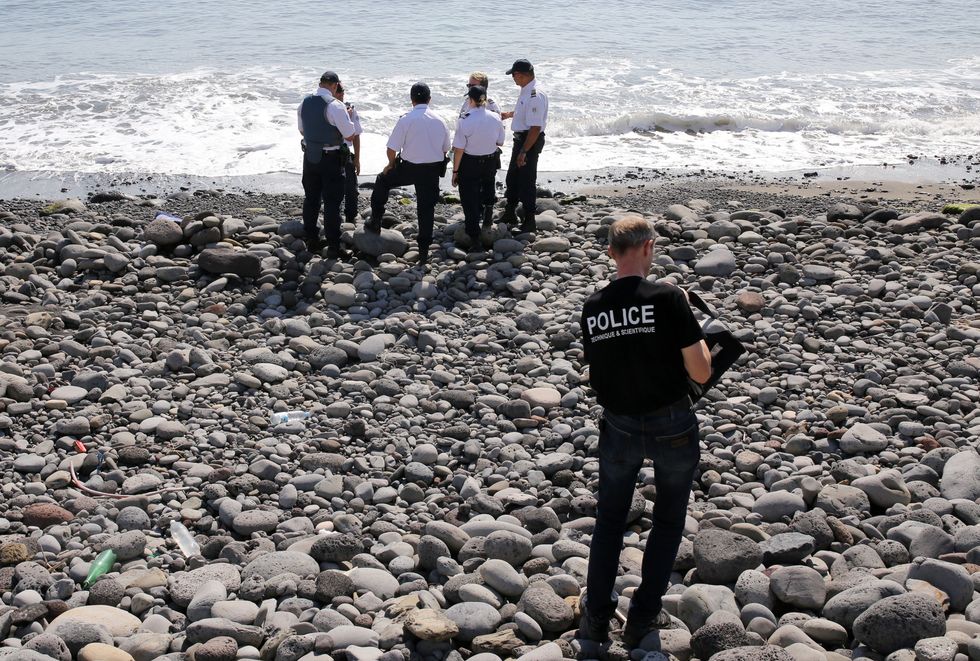Georgina Cutler
Guest Reporter

An underwater "boom" could hold the key to locating the wreckage of missing MH370 - bringing an end to the 10-year mystery, an engineer has said.
The Malaysian Airlines flight vanished around 38 minutes after leaving Kuala Lumpur airport in southern Malaysia in 2014.
Following the disaster, governments and private companies have carried out searches but the plane has never been found and the fate of its 227 passengers and 12 crew members remains unknown.
The official account of MH370 indicates that the plane made an unusual U-turn, flew over Malaysia, then veered northwest near Penang Island before crossing the Andaman Sea.

Now, an underwater robotics company has unveiled that they have submitted a new search proposal to the Malaysian government to find the plane.
Reports suggest that Ocean Infinity could begin their search as early as November if plans are signed off.
Dr Usama Kadri, a professor of mathematics and engineering at Cardiff University, believes that hydrophones - underwater microphones - could help in locating the final resting place of the ill-fated jet.
In a study analysing hundreds of hours of hydrophone data from past plane crashes in the world’s oceans, he suggests that a single, split-second noise might be the last remaining trace of MH370.
LATEST DEVELOPMENTS:
- MH370 mystery could finally be solved as new experiment launched
- MH370 mystery: Expert pinpoints 'perfect hiding place' where flight vanished
- MH370: Map pinpoints location that could lead to breakthrough in hunt for missing Malaysian Airlines plane
Usama said an experiment imitating the impact of the crash on the ocean’s surface would need to be carried out.
"If you want to listen to it [MH370 sound] it has to be in the audible range," he told The Sun.
"These signals normally are somewhere between 2 hertz and 40 hertz, but if it’s below 20 hertz you can’t hear anything.
"The problem with these signals [MH370 sound] is that they are already short."

He added that he can make the sound 40 times faster so that it’s audible, however it would make the noise just a fraction of a second long.
There are two hydroacoustic stations based at Cape Leeuwin in Western Australia and Diego Garcia, an island in the Indian Ocean.
Ocean Infinity CEO Oliver Plunkett said: "We now feel in a position to be able to return to the search for missing aircraft MH370, and have submitted a proposal to the Malaysian government.
"Finding MH370 and bringing some resolution for all connected with the loss of the aircraft has been a constant in our minds since we left the southern Indian Ocean in 2018."
Plunkett added: "This search is arguably the most challenging, and indeed pertinent one out there. We’ve been working with many experts, some outside of Ocean Infinity, to continue analysing the data in the hope of narrowing the search area down to one in which success becomes potentially achievable."
Find Out More...




